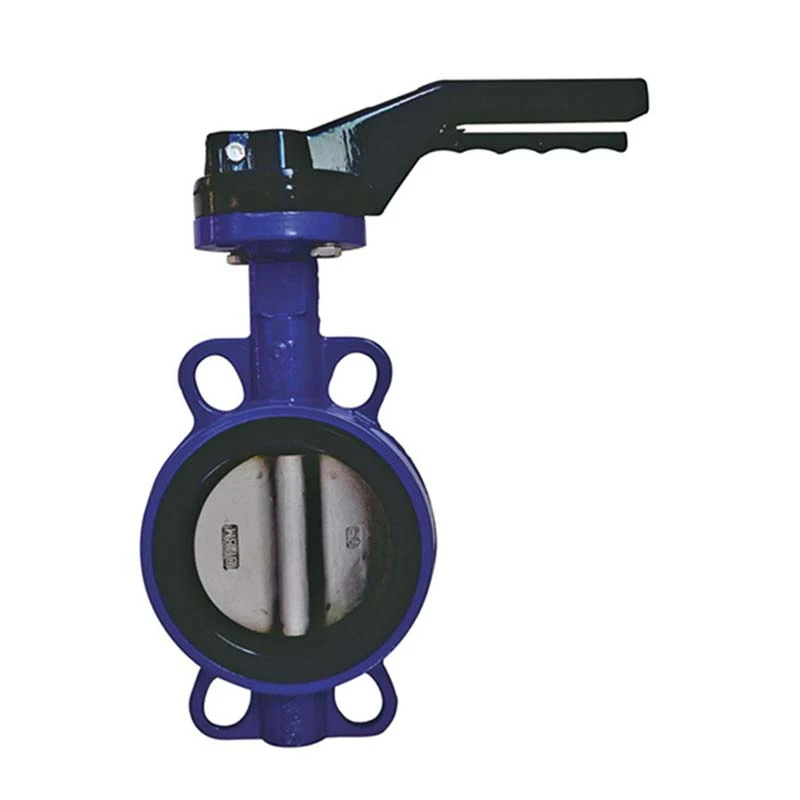Dec . 12, 2024 09:54 Back to list
control valve
Understanding Control Valves The Backbone of Process Control Systems
Control valves are essential components in various industrial processes, serving a critical role in regulating flow, pressure, and temperature. These devices are designed to control fluid flow through a system by varying the size of the flow passage as directed by a signal from a controller. The proper selection, installation, and maintenance of control valves can significantly impact the efficiency and safety of a process.
Principles of Control Valve Operation
At the heart of a control valve's function is the actuator, which converts a control signal into mechanical motion. This motion adjusts the valve's position, allowing for precise control of fluid flow. There are several types of actuators, including pneumatic, electric, and hydraulic, each suited for different applications and environments.
The control valve itself typically consists of a valve body, a bonnet, a plug or disc, and a seat. As the actuator moves the plug closer to the seat, the flow area decreases, resulting in a reduction in flow. Conversely, as the plug moves away from the seat, the flow area increases, allowing more fluid to pass through. This modulation of flow enables the control valve to maintain desired process conditions, such as pressure or temperature, within specified parameters.
Key Types of Control Valves
The most commonly used types of control valves include globe valves, ball valves, butterfly valves, and gate valves
. Each type has its unique advantages that make it suitable for specific applications1. Globe Valves These valves are known for their excellent throttling capabilities and are ideal for applications requiring precise flow control.
2. Ball Valves Offering quick on/off control, ball valves provide minimal resistance to flow and are commonly used in conditions where rapid shut-off is necessary.
3. Butterfly Valves Lightweight and compact, butterfly valves are suitable for large volumes of fluid and are often used in water treatment and HVAC systems.
control valve

4. Gate Valves While primarily used for on/off service rather than flow regulation, gate valves are preferred in applications where a straight-line flow of fluid and minimum turbulence is desired.
Importance of Control Valves in Process Systems
Control valves play a vital role in process control systems by ensuring operational efficiency and safety. A well-functioning control valve prevents issues such as overpressure and overheating, which can lead to equipment damage or catastrophic failures. Moreover, they contribute to process optimization by maintaining desired set points, thereby enhancing overall productivity and energy efficiency.
In addition, control valves can help in managing the environmental impact of industrial operations. By precisely controlling emissions and waste products, industries can comply with environmental regulations and minimize their ecological footprint.
Challenges and Considerations
While control valves are integral to industrial processes, their selection and maintenance require careful consideration. Factors such as the nature of the fluid (corrosive, viscous, or particulate-laden), temperature, pressure, and flow rates must be evaluated when selecting the appropriate valve type.
Moreover, routine maintenance is crucial to ensure optimal performance. Common maintenance tasks include inspecting for leaks, ensuring proper actuator function, and cleaning valve components to remove any buildup that might impair operation.
Conclusion
In conclusion, control valves are a critical element of modern industrial processes, influencing everything from safety to efficiency. Understanding their operation, types, and the importance of proper maintenance ensures that industries can leverage control valves to their maximum potential, paving the way for safer and more efficient operations. As technologies continue to evolve, the role of control valves will remain central to meeting the challenges of industrial automation and process control.
Share
-
Reliable Wafer Type Butterfly Valves for Every IndustryNewsJul.25,2025
-
Reliable Flow Control Begins with the Right Ball Check ValveNewsJul.25,2025
-
Precision Flow Control Starts with Quality ValvesNewsJul.25,2025
-
Industrial Flow Control ReliabilityNewsJul.25,2025
-
Engineered for Efficiency Gate Valves That Power Industrial PerformanceNewsJul.25,2025
-
Empowering Infrastructure Through Quality ManufacturingNewsJul.25,2025


